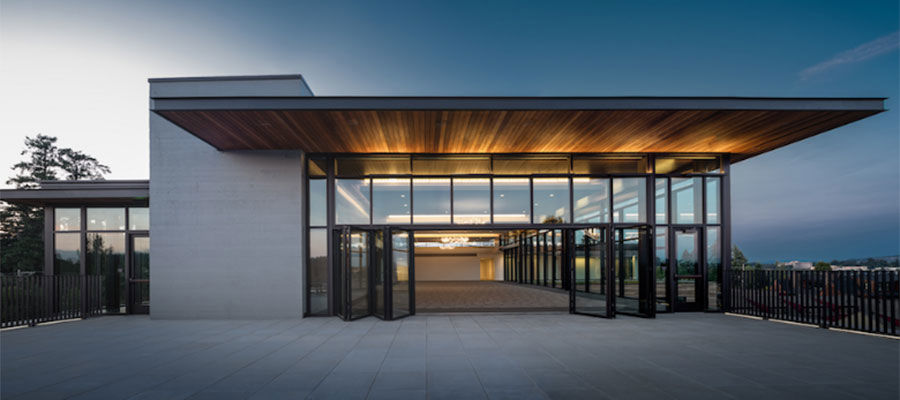According to recent reports by Cushman & Wakefield and Marcus & Millichap, COVID-19 is bolstering a preexisting shift in commercial real estate away from core markets.
The change in focus from the urban core to the suburbs emerged a few years ago. Prior to COVID-19, demand for office space in U.S. suburbs was already outpacing central business districts (CBD). In 2019, 69 percent of Class A net absorption occurred in the suburbs, up from the 10-year average of 60 percent. Fueled largely by aging millennials, the rebirth of the suburbs was already well underway. This trend to the suburbs is being caused by the single most important long-term driver of economic and real estate trends: demographics.
In 2018, according to the U.S. Census Bureau, workers spent 227 hours commuting. One way to reduce commuting times is to work closer to home. Millennials, in particular, are more focused than their older peers on proximity and convenience when looking for a home. The result is likely to be more demand for suburban office space as companies seeking to attract and retain talent will see some benefit from locating at least a portion of their regional occupancy to the suburbs.
With stay-at-home and shelter-in-place orders that came to the fore with COVID-19 now coming to an end, some companies are talking about a return to a “hub-and-spoke” model with a higher quantity of smaller offices in suburban locations. Other firms will come back to the office providing more individual flexibility, allowing employees to work in the office for 3 or 4 days and at home for 1 or 2 days. Whatever the future holds, the discussion about office real estate has shifted from urban to suburban.
A suburban cluster of high-quality office buildings and retail/lifestyle amenities that replicate many of the CBD locations at a lower cost and with greater ease of access to its suburban workforce is the new “mini-city.” This is particularly attractive when the cluster is concentrated with a specific industry ecosystem. Value is enhanced by proximity to high-quality school districts or more attractive residential communities. As cities have become more expensive, back office workers have already been moving further outside the urban core. Suburban office buildings that are located closer to this worker base can offer better asset builds at attractive costs.
As for secondary or tertiary markets, the allure of these areas may go on the rise among residents following COVID-19. The rise in residents in secondary and tertiary markets has outpaced growth in large primary metro markets by 70 percent over the last 20 years. And since 2014, these markets have seen their populations rise more than 200 percent over that of gateway cities, due in no small part to changing household compositions and quality-of-life goals. Looking at the top 15 U.S. markets by five-year population growth, three secondary markets- Orlando, Nashville, and Charlotte – top the list.
Additionally, the economic crisis sparked by the global pandemic may encourage employers to find digs in non-primary markets. While current health dilemmas may be temporary, other economic factors could last longer. Firms seeking to reduce overhead may look to smaller markets as long as they meet other conditions.


